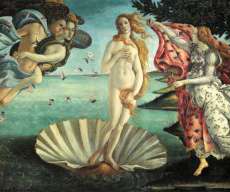The Beijing Treaty: A step forward in the protection of related rights in audiovisual performances
Kluwer Copyright Blog
JUNE 18, 2021
With the Beijing Treaty, any performance of literary or artistic works or expression of folklore is covered by intellectual property, independently from its nature or medium, including both fixed and unfixed works (live performances), acknowledging the creative activity of these performers in the same way as with regard to musicians and authors.












Let's personalize your content